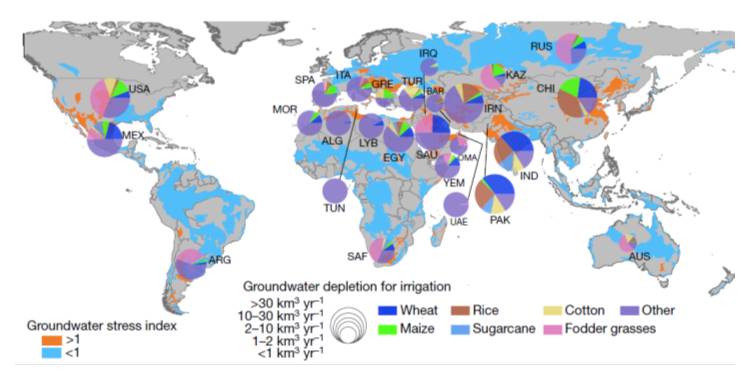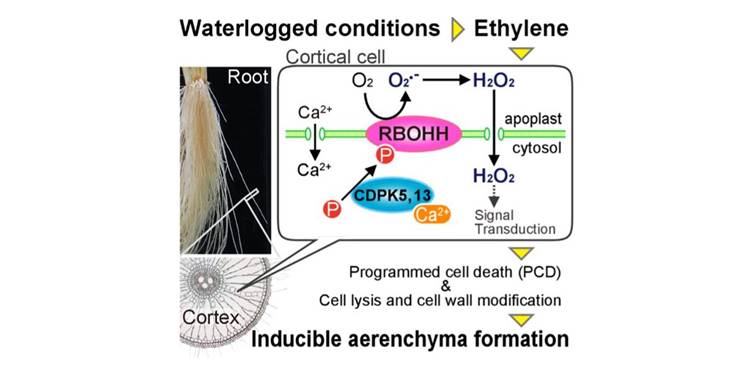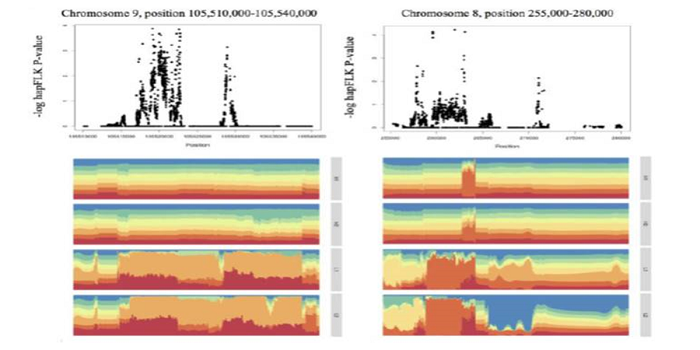
Malate-dependent Fe accumulation is a critical checkpoint in the root developmental response to low phosphate
Plant Science Research Weekly, ResearchPhosphate is a limiting nutrient in soil and not very mobile, so roots respond strongly to low Pi soils by the cessation of elongation of the primary root with accompanying stimulation of lateral root and root hair production. Previously, the accumulation of iron (Fe3+) in the apoplast of root meristem…

Selective autophagy of BES1 mediated by DSK2 balances plant growth and survival
Plant Science Research Weekly, Research0 Comments
/
Brassinosteroid (BR) signaling promotes growth and development by regulating gene expression through the BES1 and BZR1 transcription factors. Nolan et al. show how plants balance growth and stress tolerance by cross-talk between the BR and autophagy pathways. Under environmental stresses, BES1 is targeted…

Freeze-Thaw-Induced Embolism and Ultrasonic Emissions in Angiosperms
Plant Physiology: On The Inside, ResearchAll organisms including plants share the tetrapyrrole biosynthesis pathway that is critical for the production of compounds such as heme and chlorophyll. During tetrapyrrole biosynthesis, coproporphyrinogen III oxidase (CPO) catalyzes the conversion of coproporphyrinogen III into protoporphyrinogen IX.…

Could plants be sentient?
Plant Science Research Weekly, ResearchSentience, the capacity to feel subjectively, is considered limited to organisms that have a nervous system and a centralized brain. Plants, therefore, have been excluded from this group based on: lack of a transmission mechanism like the animal nervous system; lack of a brain; simplicity; and inability…

Groundwater depletion embedded in international food trade ($)
Plant Science Research Weekly, ResearchMany food-producing regions rely on the withdrawal of water from non-renewable underground sources, a condition called groundwater depletion for irrigation (GWD). Globally, GWD increased by 22% between 2000 and 2010. When food produced with GWD is exported, the exporting country is essentially exporting…

Better understanding how plant roots breathe under water ($)
Plant Science Research Weekly, ResearchWaterlogging, a process by which water saturates soil, results in oxygen-deficient soil conditions and can result in massive crop loss. In order for plants to survive in waterlogged soil, shoots transport oxygen to roots through lysigenous aerenchyma, a specialized tissue type formed by ethylene-induced…

Monitoring the Dynamics of Freezing in Trees
Blog, Plant Physiology, Plant Physiology: On The Inside, Research, Research BlogIce formation within plants influences their physiology mechanically, hydraulically, and at a cellular level. Mechanical strain occurs as water expands during freezing and tension is induced in the remaining liquid-phase sap. Xylem cavitation is initiated upon freezing due to the low (i.e. negative)…

Drought-Responsive Novel MicroRNAs in Grapevine
Blog, Plant Physiology, Plant Physiology: On The Inside, Research, Research BlogEuropean grapevines (Vitis vinifera) are routinely grafted on interspecific hybrid rootstocks mainly to control infestation by phylloxera (Daktulosphaira vitifoliae). Research has shown, however, that these rootstocks can also affect scion growth vigor and resistance to abiotic stresses such as drought.…

Signatures of local adaptation in lowland and highland teosintes from whole genome sequencing of pooled samples ($)
Plant Science Research Weekly, ResearchTeosinte, the ancestor of maize, grows in a range of environments in México. Teosinte parviglumis (Zea mays ssp parviglumis) is more prevalent in lowland regions while teosinte mexicana (Zea mays ssp mexicana) occupies highland territory (>2000 m above sea level). Admixture between parviglumis and…

